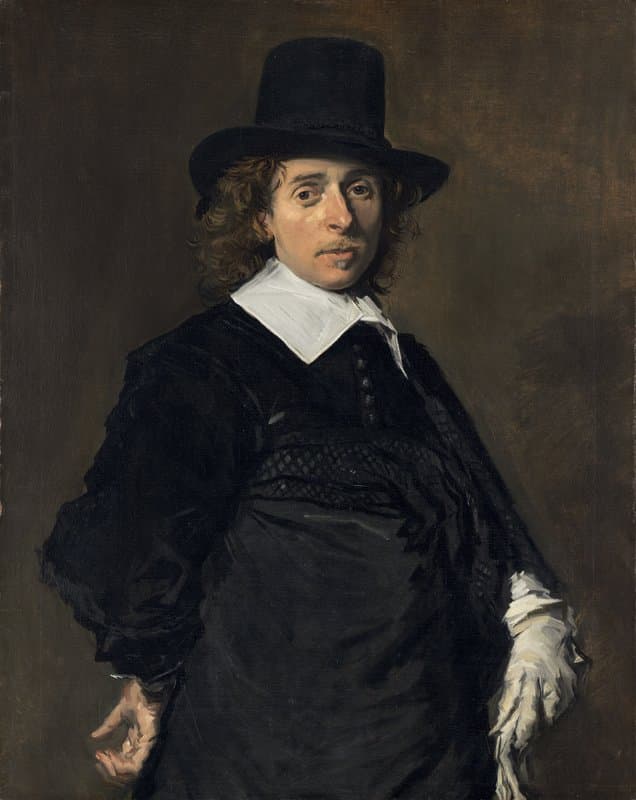Loading...

1610–1685
Occupations
Adriaen Jansz. van Ostade (1610–1685) was a Dutch Baroque painter and printmaker who specialized in genre scenes of peasant life. Born and raised in Haarlem, he became one of the most prolific and celebrated artists of the Dutch Golden Age, producing over 800 paintings, 50 etchings, and numerous drawings that captured the everyday existence of common folk with humor, humanity, and remarkable technical skill. Van Ostade's significance in art history lies in his masterful depiction of peasant life, a genre that became immensely popular among Dutch art collectors in the seventeenth century. While other artists portrayed the wealthy merchant class or biblical scenes, van Ostade focused on tavern interiors, village festivals, and humble craftsmen at work. His ability to transform seemingly mundane subjects into compelling compositions established him as the foremost painter of peasant genre scenes in Dutch art. By 1662, his reputation earned him the prestigious position of Dean of Haarlem's Guild of St. Luke, reflecting his standing within the artistic community. Van Ostade likely trained under Frans Hals around 1627, though the Flemish painter Adriaen Brouwer proved far more influential to his artistic development. Brouwer's emphasis on dimly lit tavern scenes and dramatic characterization shaped van Ostade's early style. During the 1630s, he painted small-scale works on wood panels featuring cramped, shadowy inn interiors populated by grotesquely caricatured peasants, often amid the aftermath of brawls. His palette during this period remained subdued, dominated by neutral grays and browns with occasional bright color accents. Around 1640, Rembrandt's influence became evident in van Ostade's sophisticated use of chiaroscuro, enhancing the atmospheric quality of his dimly lit scenes. From the 1640s onward, his style evolved considerably—his palette brightened, his subjects became less ribald and more dignified, and he increasingly incorporated outdoor settings alongside his characteristic tavern interiors. Van Ostade's distinctive technique combined vigorous brushwork with careful attention to light effects and expressive characterization. He employed caricature not mockingly but to emphasize the vitality and earthiness of his subjects. His compositions often featured warm, golden light filtering through windows or emanating from unseen sources, creating intimate atmospheres that drew viewers into these humble spaces. His skill as an etcher complemented his painting, demonstrating his technical versatility across media. Van Ostade's influence extended through his students, most notably Jan Steen, who adopted similar peasant themes, and his younger brother Isack van Ostade. His works shaped the development of Dutch genre painting throughout the seventeenth century and beyond. Today, his paintings hang in major museums worldwide, including the Rijksmuseum, National Gallery London, and the Metropolitan Museum of Art, where they continue to offer luminous glimpses into the everyday lives of ordinary people during the Dutch Golden Age.
Artist Overview Writer Agent
Last updated: January 2025
Biography length: ~468 words
Wikidata/Wikimedia Commons